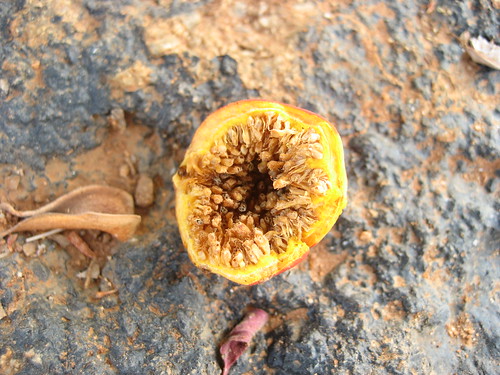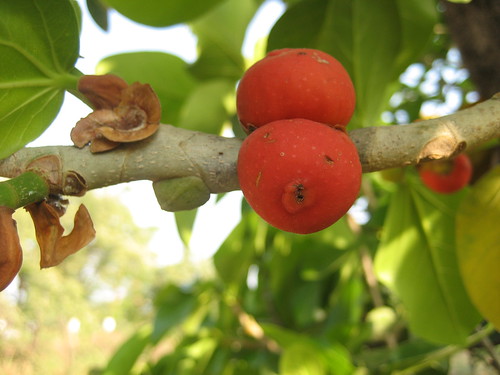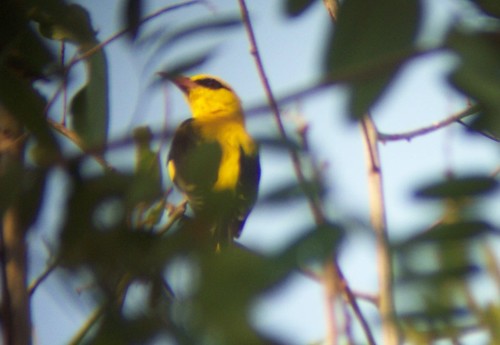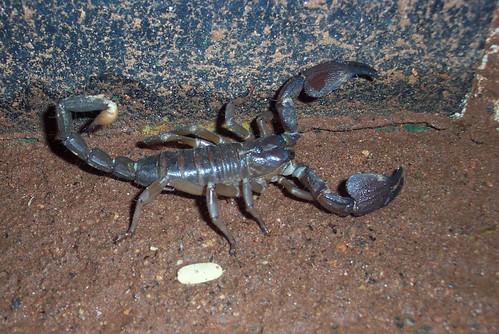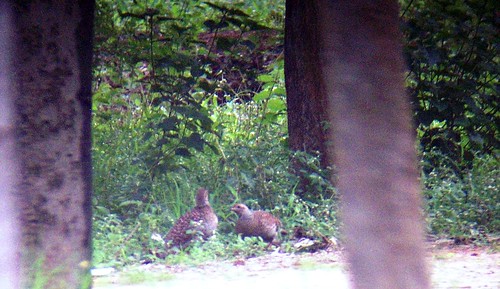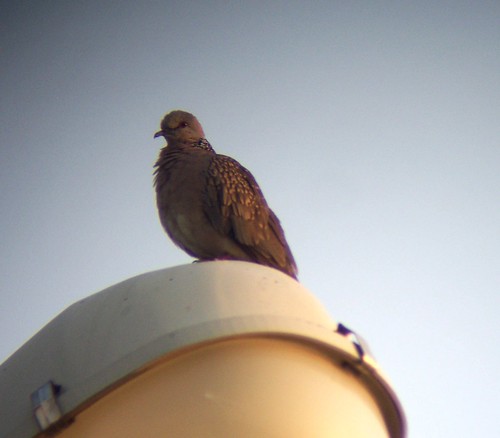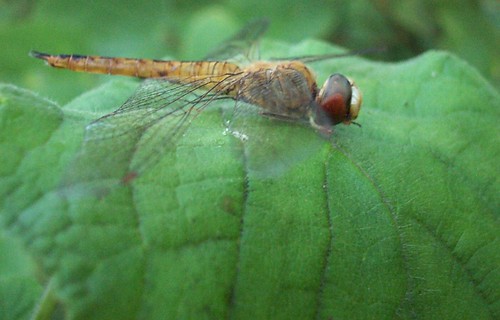
This species of dragonfly is called the 'Wandering Glider' or 'Globe Skimmer' (Pantala flavescens). It's one of the most adaptable insects- once the dragonflies lay their eggs in the pools that the monsoon creates, within 72 days, the larvae transform into dragonflies. Then, these collect in huge swarms sometimes with other species of dragonflies. Apparently, the emergence of these coincides with the Onam festival and their local name in Kerala is Onathumbikal.
The dragonfly is also one of the most daring, undertaking long sea voyages and migrating to some of the most inhospitable places to find a suitable place to breed. This ability has allowed it to thrive all over the world. It has been known to fly fearlessly even in heavy rains, giving it the name of 'Typhoon Dragonfly'.

Their transparent wings and slender bodies would've never given a clue about such resilience! I always thought of dragonflies as rather delicate insects, catching some microscopic prey on the wing. Now, I think of them with some new found respect- there aren't too many creatures that small who can navigate tropical storms with ease!
Some more info is available here:
Onathumbikal
Globetrotter Dragonfly
